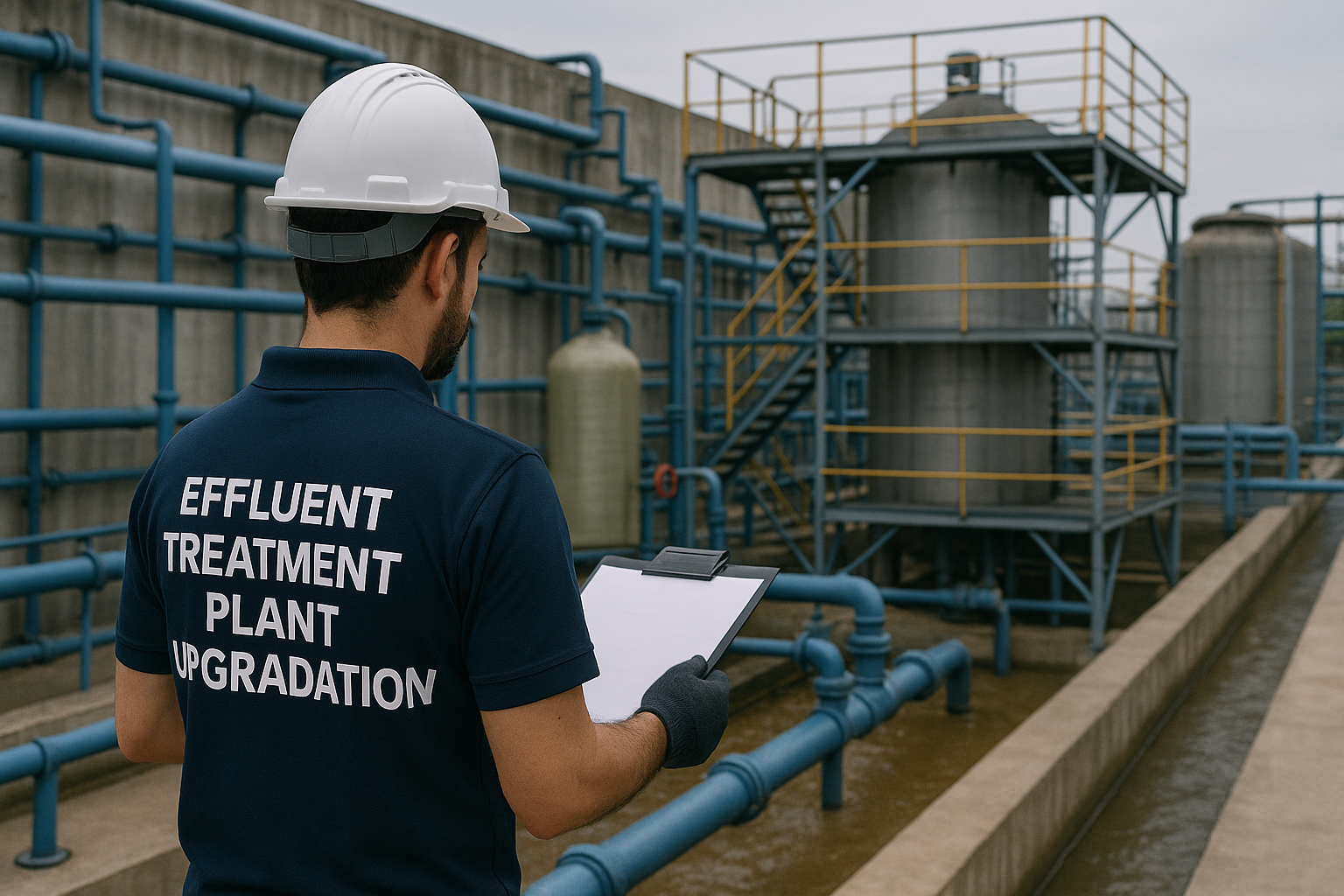Plant Revamping & Upgradation

Plant Revamping & Upgradation
Plant revamping and upgradation refer to the process of improving, modernizing, or replacing existing plant facilities or equipment to increase efficiency, enhance productivity, and meet current regulatory standards. Here are key points for a plant revamping and upgradation project:
Assessment and Evaluation:
Evaluation of the current plant systems, equipment, and infrastructure to identify inefficiencies and areas for improvement. This includes identifying bottlenecks and assessing compliance with regulatory standards.
Assistance with the proper installation of upgraded systems and equipment.
Process Optimization:
Improving and optimizing production processes for higher efficiency and better quality output. This includes upgrading automation systems and integrating new technologies to streamline operations.
Training:
Training sessions for staff on operating and maintaining new equipment or systems post-upgrade. Providing manuals, guidelines, and online resources to ensure smooth adaptation to new technologies and procedures.
Maintenance Services:
Regular system maintenance and inspections to ensure optimal performance after the revamping process.
Preventive maintenance to avoid breakdowns and ensure efficiency.
Replacement of worn-out parts and components.
Repairs:
Regular troubleshooting and repair services in case of system malfunctions.
Emergency repair services for urgent issues, ensuring minimal downtime.
Spare Parts Supply:
Provision of genuine spare parts for system repairs or upgrades.
Availability of parts locally or regionally to minimize downtime.
Technical Support:
24/7 customer support via phone, email, or remote troubleshooting.
On-site visits for more complex technical issues to resolve challenges swiftly.
Equipment Upgrade or Replacement:
Replacing outdated or inefficient equipment with modern, more reliable models. Upgrading key machinery to enhance production capabilities and reduce energy consumption.
Safety Improvements:
Implementing new safety protocols and upgrading safety equipment to comply with the latest standards. Ensuring that workers are trained on new safety measures to prevent accidents and maintain a safe working environment.
Sustainability Initiatives:
Integrating sustainable practices such as waste reduction, energy-saving measures, and the use of renewable energy sources. Reducing the plant's environmental impact while complying with environmental regulations.
Performance Monitoring:
Continuous monitoring of the plant's performance post-upgrade to ensure it meets set production, efficiency, and quality standards. Implementing improvements based on performance data.
